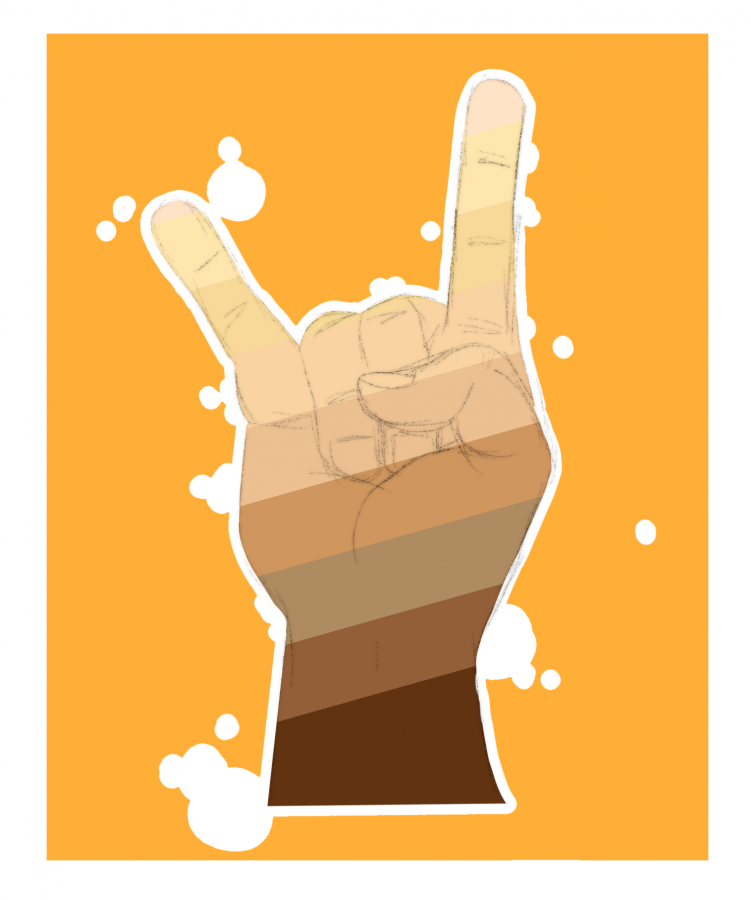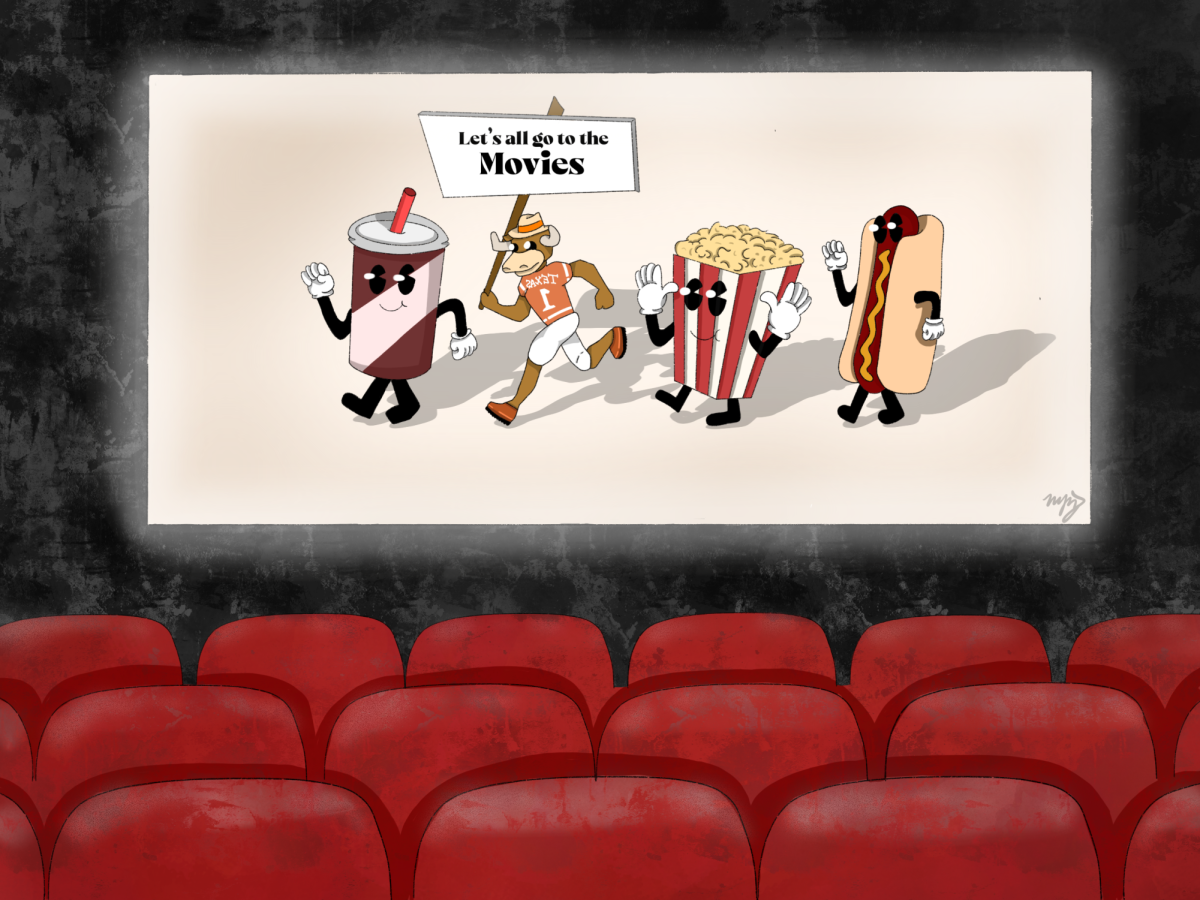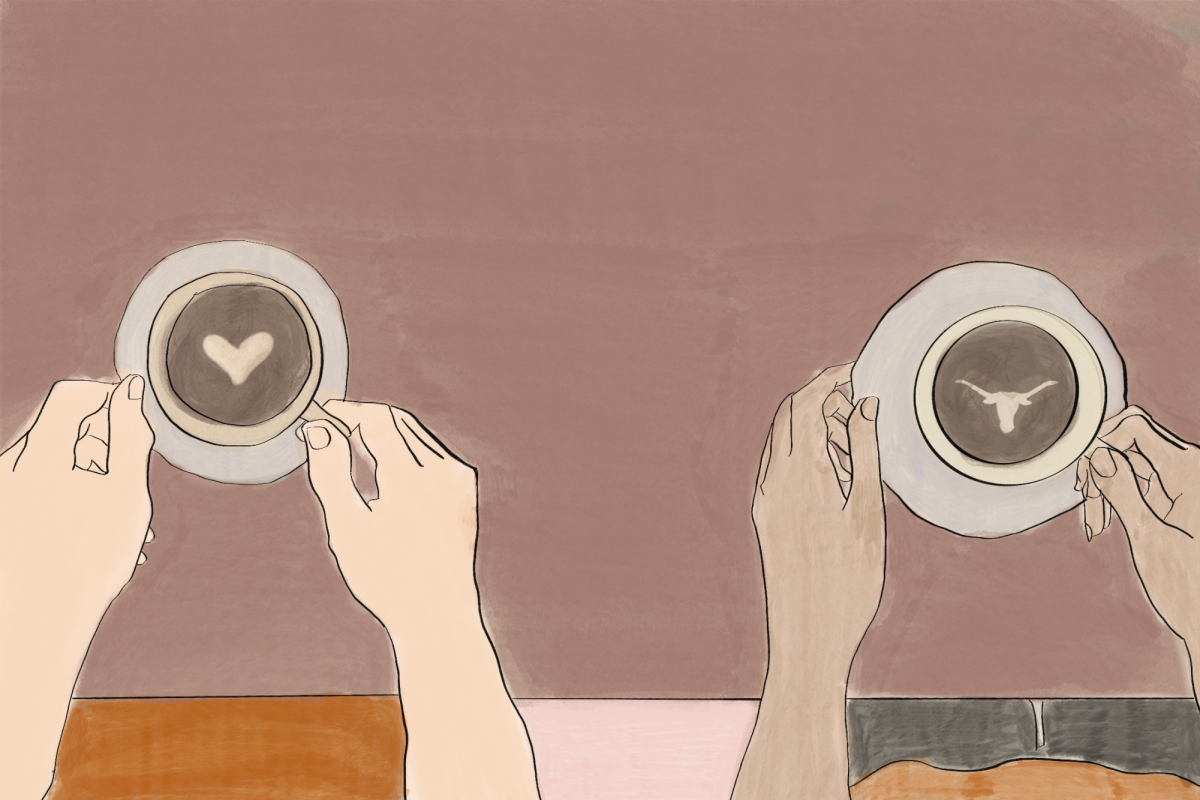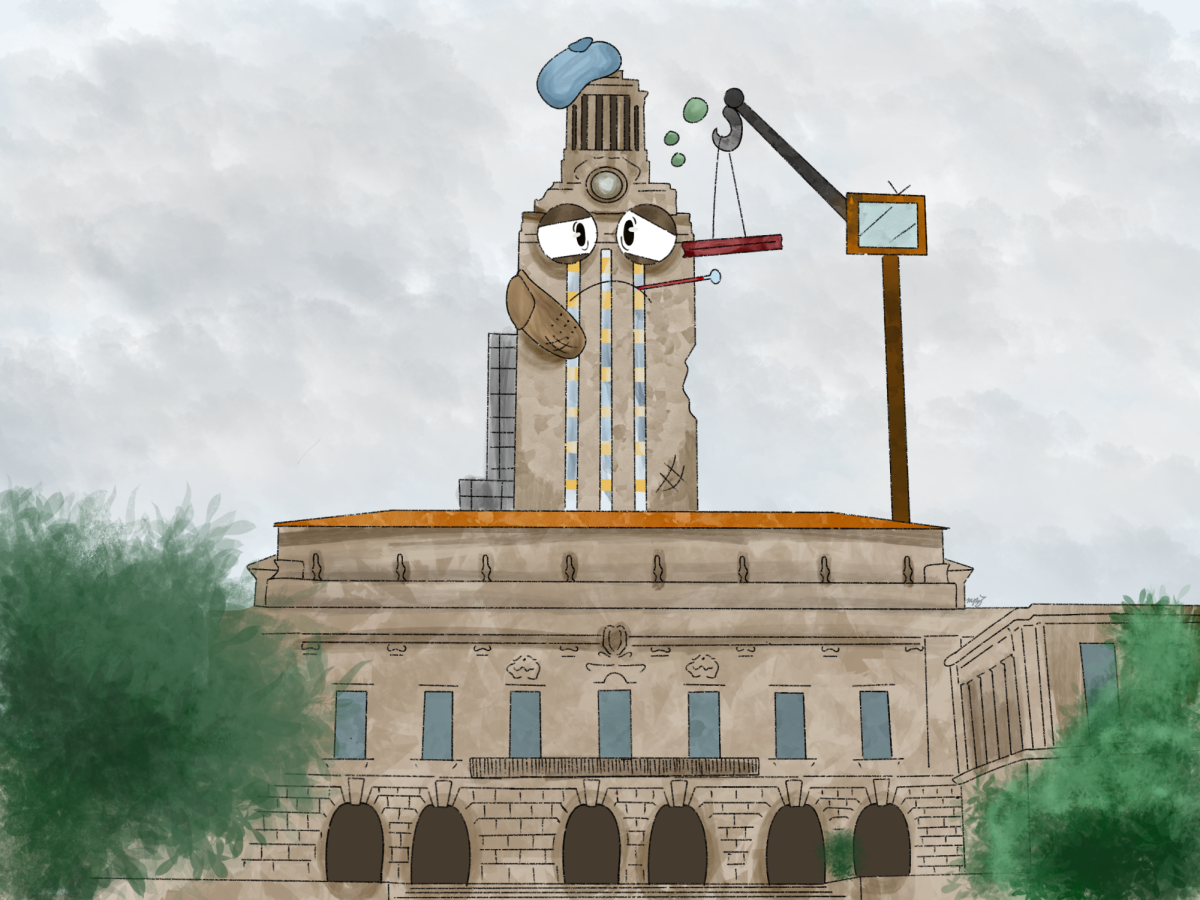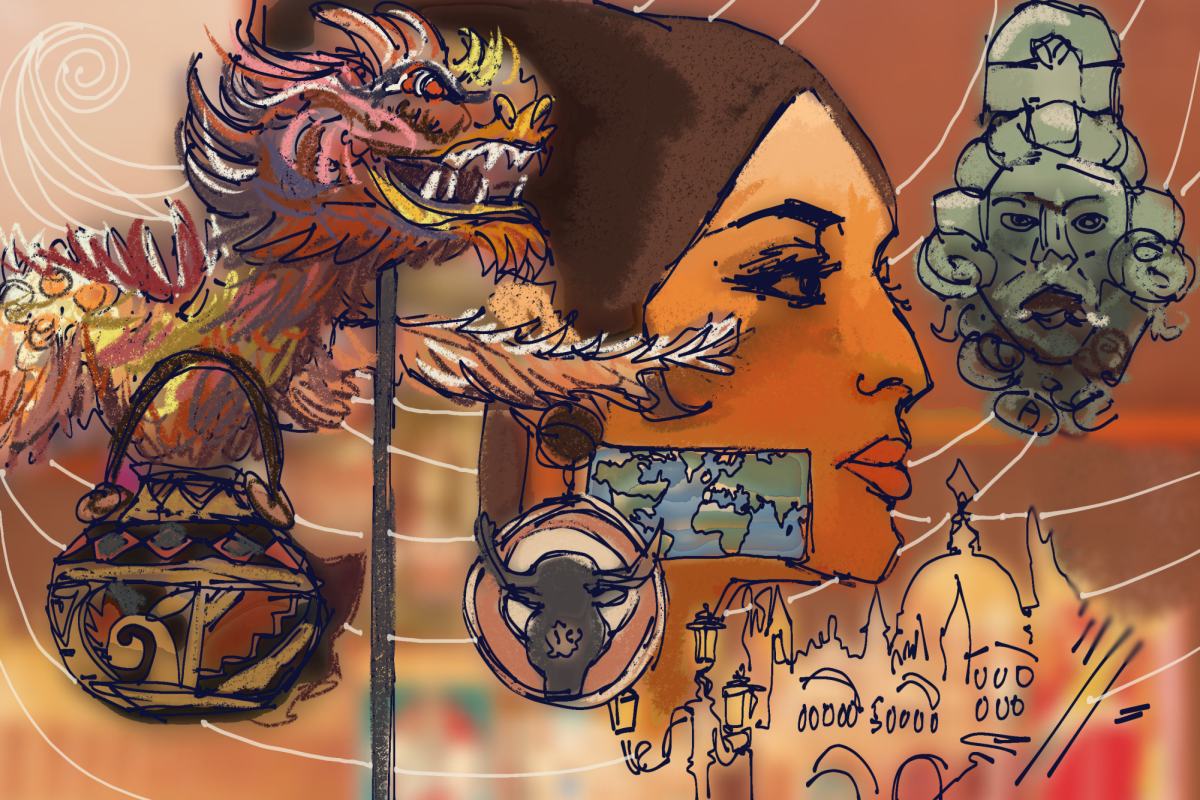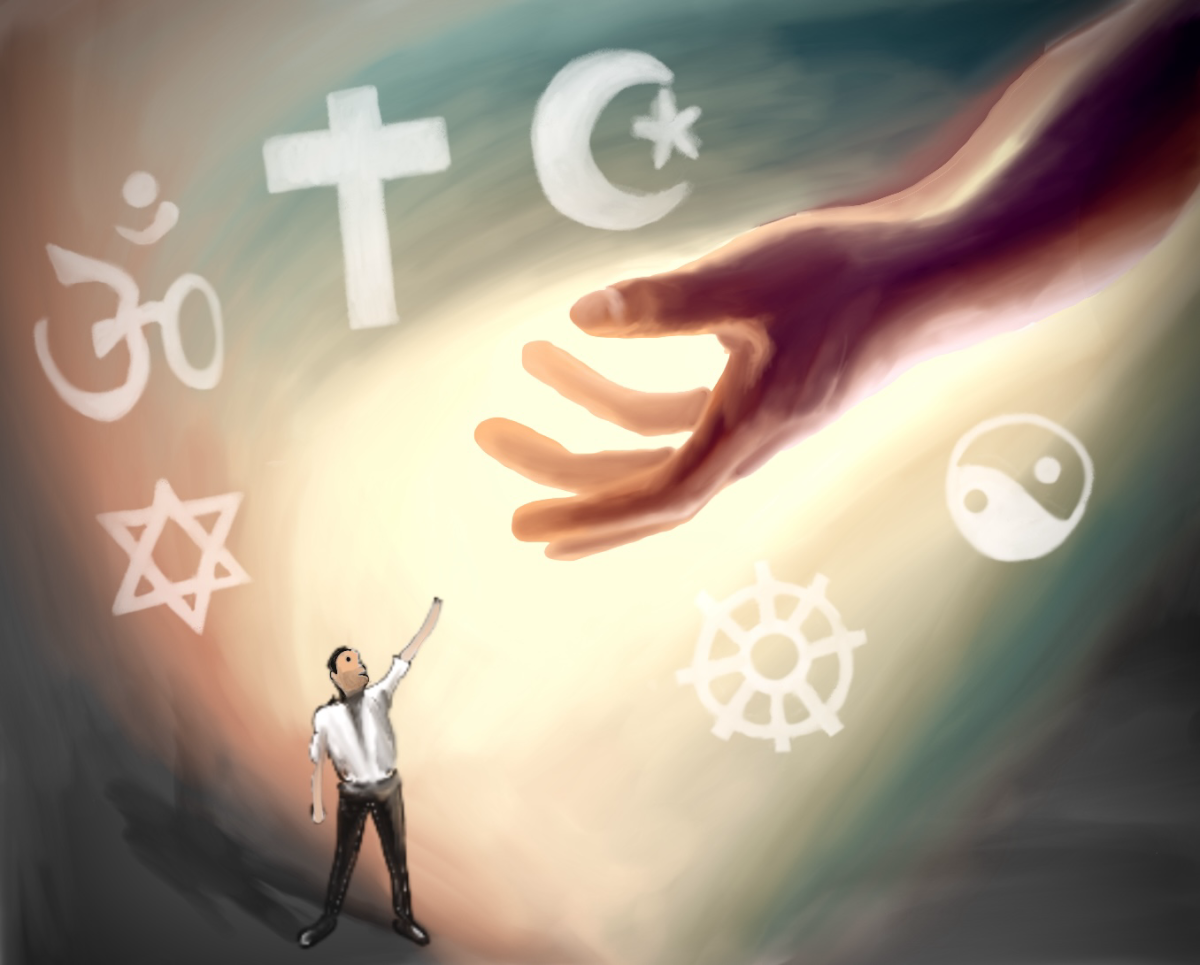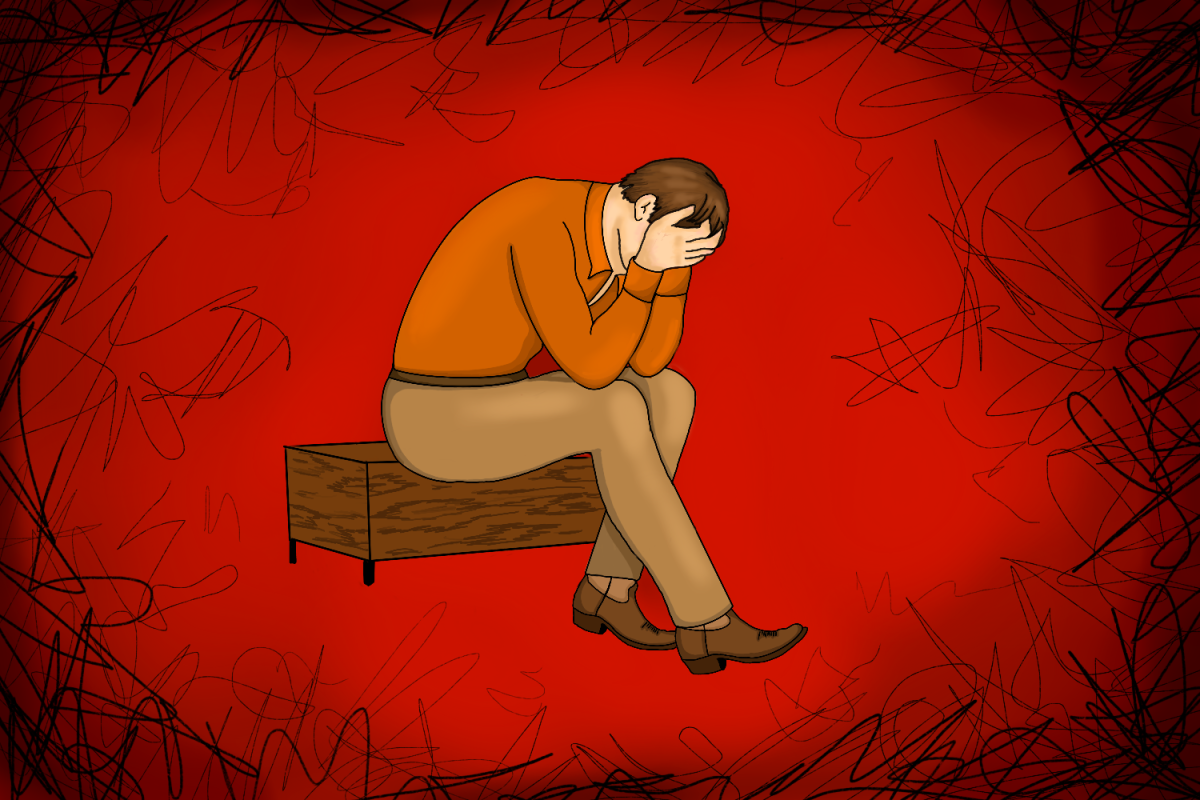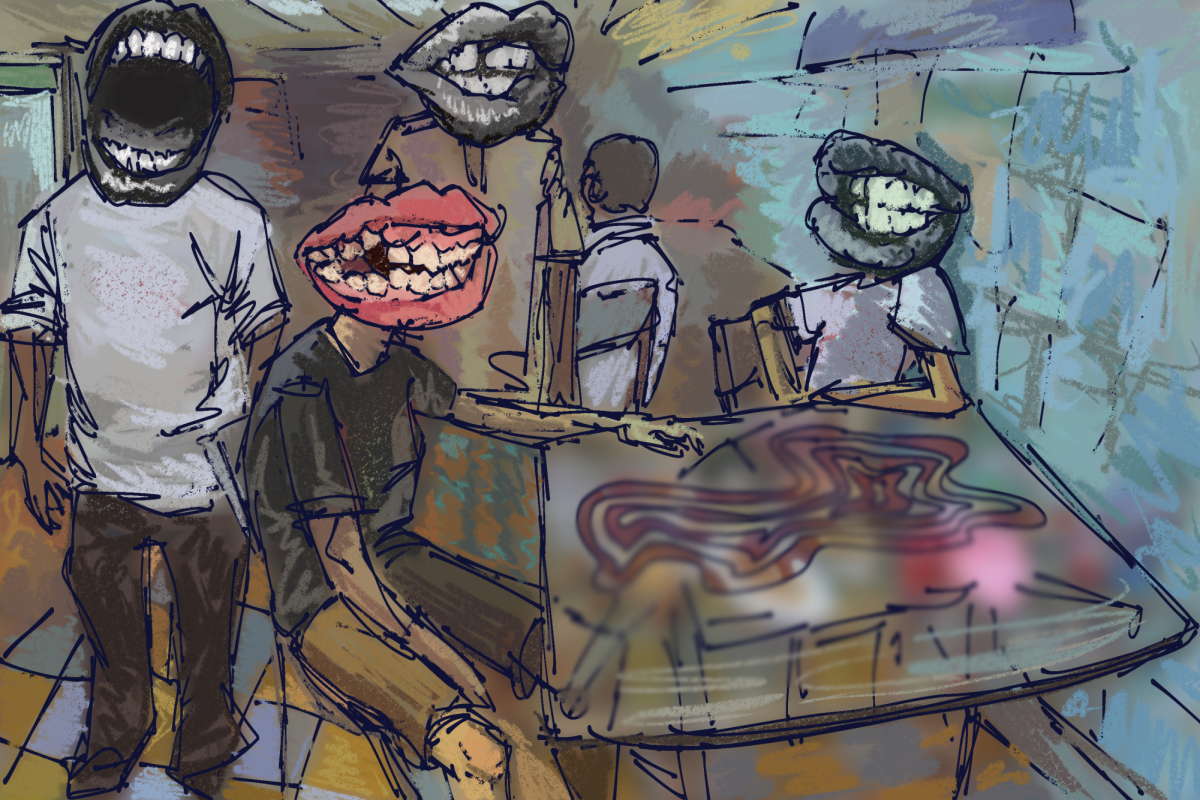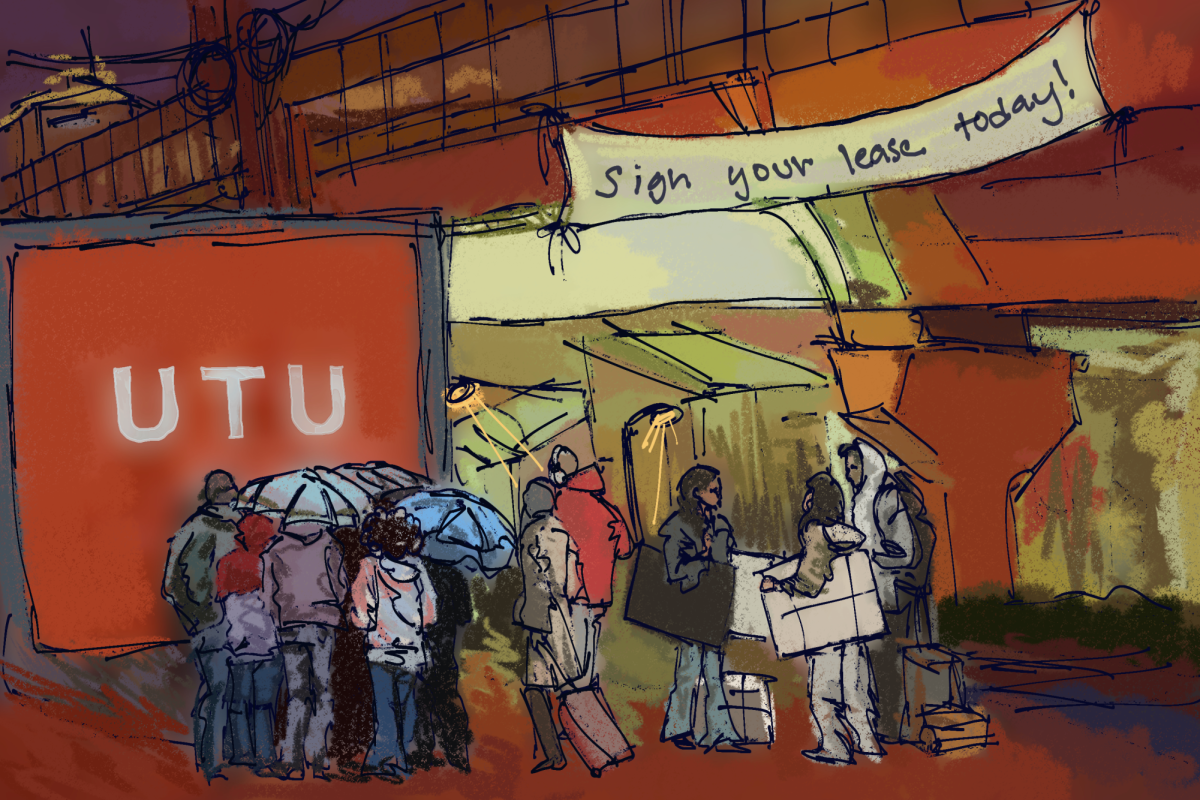“Yeah, and I’m black.”
A white student said those dismissive words to me during UT’s 2016 freshman orientation. They were in response to me saying I was Mexican-American. This insensitive joke was the only orientation I needed.
As someone who identifies as mixed-race, I’ve had to constantly negotiate my identity when navigating racialized landscapes because my identity is ambiguous. Starting school at UT only amplified this experience, especially in contexts where I interacted with new people who weren’t aware of my racial identity.
Because UT lacks spaces for mixed-race and mixed-ethnicity individuals, many of these students find themselves choosing one racial category to identify with while sacrificing other significant parts of their culture and identity. There’s rarely space for complex identities even in culturally diverse circles, which is unacceptable.
“In white communities, people see me as ethnic,” advertising junior Alyssa Barbee said. “In people of color communities, people see me as white.”
People who identify as “two or more races,” and are “non-Hispanic” make up nearly four percent of undergraduates at UT. This figure doesn’t account for students who are mixed and Hispanic or students who choose to identify with one dominant racial or ethnic identity. Despite these figures, there are hardly any spaces to accommodate this demographic.
“I wish there was a formalized space for UT to foster (the mixed) community,” advertising senior Kylen Chen-Troester said. “Even when I’ve joined predominantly Asian (organizations), I’ve experienced microaggressions. People just kind of assume that because you’re not 100 percent, you’re not fully able to relate to them.”
Representing the mixed community on campus comes with distinct obstacles. With such a multitude of experiences and cultural backgrounds among mixed students, defining one common group identity can be challenging.
“There’s not really a set community, if that makes sense,” Asian studies junior Delaney Holton said. “There’s certainly a lot of mixed-race individuals at UT, but I feel very disconnected from them, and it’s hard to find people that have similar experiences.”
Spaces for mixed individuals are necessary. The US Census Bureau predicts that the multiracial population will triple by 2060, and our campus will soon reflect that. According to Chen-Troester, mixed-race students represent a growing population on campus, but the unique set of issues they face are not being resolved.
UT does not have student agencies dedicated to serving mixed students, but we do have several that serve marginalized populations on campus. In spite of the challenges associated with serving mixed identities, I encourage all students involved with organizations that value diversity to proceed with more consideration for mixed-race individuals. Only then can mixed-race and mixed-ethnicity students begin to feel like they belong on their campus.
Lopez is a rhetoric and writing junior from McAllen.

